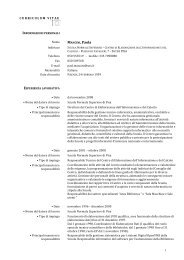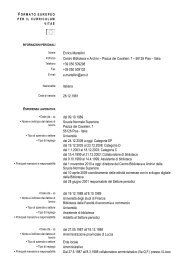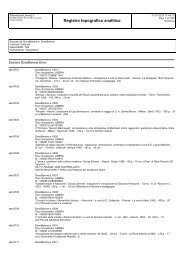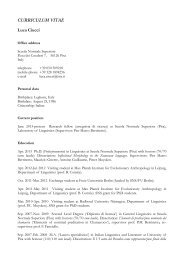Metrics of curves in shape optimization and analysis - Andrea Carlo ...
Metrics of curves in shape optimization and analysis - Andrea Carlo ...
Metrics of curves in shape optimization and analysis - Andrea Carlo ...
Create successful ePaper yourself
Turn your PDF publications into a flip-book with our unique Google optimized e-Paper software.
We already presented all the calculus needed to compute the H 0 <strong>and</strong> ˜H 1gradients <strong>of</strong> E 1 (see Section 2.4.4 <strong>and</strong> Example 10.21); let us summarize all theresults.• In the case <strong>of</strong> H 0 gradient descent flow, the second term is ill posed , s<strong>in</strong>ceL φ /L 2 > 0 <strong>and</strong> ∇ H 0L is the driv<strong>in</strong>g term <strong>in</strong> the geometric heat flow.This is also clear from the explicit formula∇ H 0E 1 (c) = [∇φ · N − κ(φ − avg c (φ))]N (10.41)s<strong>in</strong>ce avg c (φ) is the average value <strong>of</strong> φ, therefore φ − avg c (φ) is negativeon roughly half <strong>of</strong> the curve; so the second term tries to <strong>in</strong>crease length onhalf <strong>of</strong> curve us<strong>in</strong>g a geometric heat flow (<strong>and</strong> this is ill posed); whereasthe first term ∇φ does not stabilize the flow.• In the case <strong>of</strong> the Sobolev gradient, we saw <strong>in</strong> the pro<strong>of</strong> <strong>of</strong> Theorem 10.31that the gradients ∇˜H1L φ <strong>and</strong> ∇˜H1L are locally Lipschitz <strong>in</strong> C 1 , so, by us<strong>in</strong>gLemma 10.25 we conclude that the gradient ∇˜H1E 1 is locally Lipschitz aswell, hence the gradient flow is well def<strong>in</strong>ed.10.8.2 New edge-based active contour modelsThe average weighted length idea can be used to build new energies with <strong>in</strong>terest<strong>in</strong>gapplications <strong>in</strong> track<strong>in</strong>g.Let us call∫E old (c) = φ(c(s)) dsthe traditional edge-based active contour energy.When us<strong>in</strong>g a Sobolev–type norm, we can consider non-shr<strong>in</strong>k<strong>in</strong>g edge-basedmodels, as <strong>in</strong> the follow<strong>in</strong>g examples.Example 10.36 Let us consider the energy∫E new (c) = φ(c(s)) ( L −1 + αLκ 2 (s) ) dswherecc• the first term is edge-detection without shr<strong>in</strong>k<strong>in</strong>g bias (nor regularity),• <strong>and</strong> the second term is a k<strong>in</strong>d <strong>of</strong> elastic regularization (that will bediscussed also <strong>in</strong> the next section) that is moreover relaxed near edges;the length terms render the whole energy scale <strong>in</strong>variant.The frames <strong>in</strong> Figure 14 on the follow<strong>in</strong>g page show <strong>in</strong>itialization <strong>and</strong> f<strong>in</strong>alresults obta<strong>in</strong>ed with different norms <strong>and</strong> energies.86


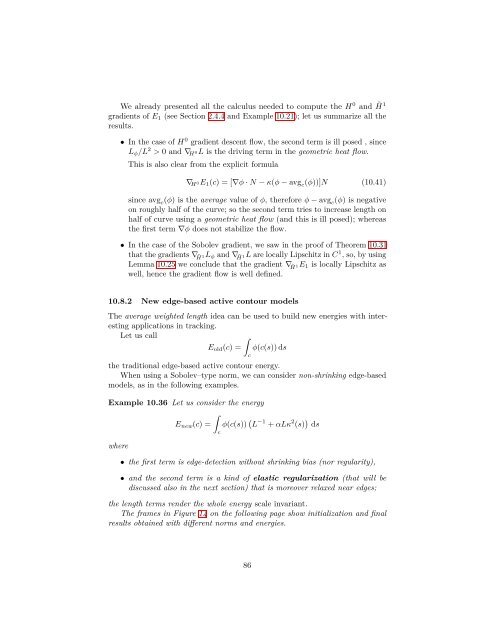

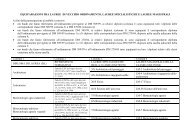
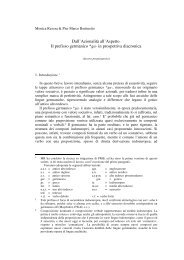
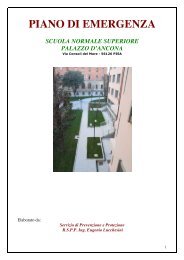
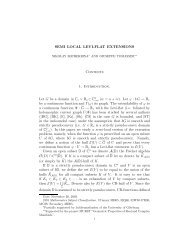
![4. Ghost [Å] vowels in French - Laboratorio di Linguistica](https://img.yumpu.com/49999334/1/184x260/4-ghost-a-vowels-in-french-laboratorio-di-linguistica.jpg?quality=85)



